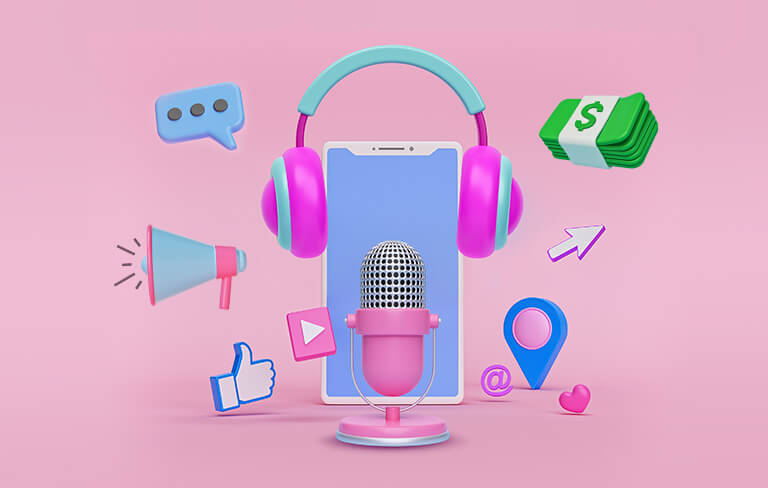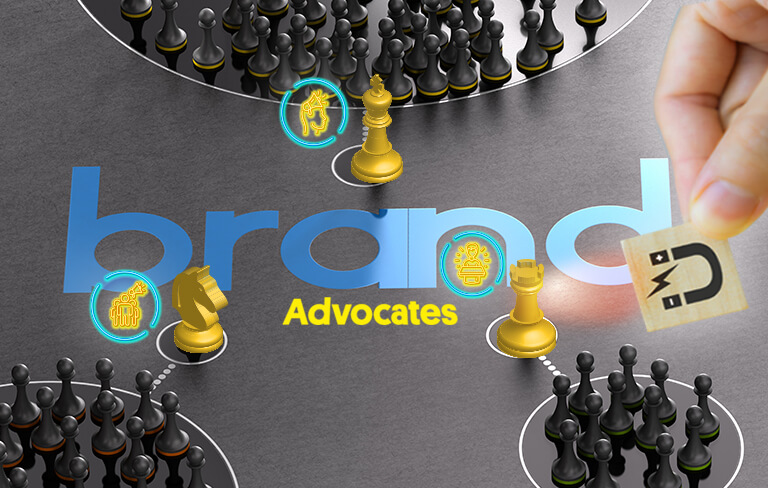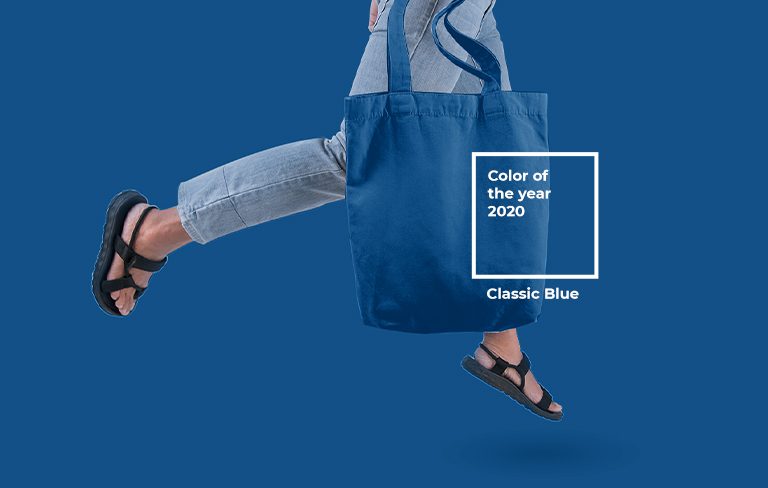With the recent boom of audio-based social networking app, Clubhouse, it’s no secret that audio is becoming an increasingly viable medium for marketing and connecting with your consumers.
In 2019 alone, over 63% of online users access music and other audio content via digital platforms. If audio mediums are where more than half your consumers are at, it’s time to start thinking about how to incorporate auditory content into your current marketing strategy.
Why is Audio becoming increasingly popular?
It’s authentic, intimate and perfect for multi-tasking – checking the boxes of entertainment for time-starved and highly stressed individuals in our society. Audio allows us to continue with our tasks without having to keep our eyes glued to the screen.
Furthermore, in a time where opportunities of human contact have declined, hearing an ongoing blabber of real stories in the background can provide people with a sense of connection to others. This is because emotions and personality can be conveyed through a voice, in a way that visual and textual mediums can’t.
Changing Our Perspective on Audio Marketing:
It’s not just about creating audio-based content like podcasts or audio guides. It’s about how you use audio as an aiding tool to deliver your main content to your audience. It’s about weaving audio into different aspects and channels of your current marketing strategy.
Here are some unique ways to do so, that you might not have thought of:
1. Spotify Playlists
From themed-playlist curations to pasta timers, audio can be used for a vast variety of purposes. Dig deep into why & how audio should be used in your marketing strategy – is it to complement my consumers’ lifestyle? Or is it to deliver new content in a more digestible format? With visual and textual mediums being the alternative ways to relay information, why then would audio be a better approach?
We thought about the same questions when coming up with our Nestle NAN Bedtime Stories Playlist. We realised that while children loved the comfort of hearing stories before they go to sleep, many parents were often too exhausted at the end of the day to do the storytelling. Thus, we wanted to relieve parents of such parenting duties but at the same time, bring their children the warmth from storytelling by coming up with the audio-book playlist.
2. Jingle
A fool-proof method that has long been used in advertising, a jingle is now more relevant than ever. Besides having a catchy tune for the sole purpose of being memorable (e.g. MacDonalds “I’m Lovin’ it”), a jingle can also be used to entertain. It can be in the form of a parody, a short blurb or even an audio-loop of a trending meme. The main point is that the jingle should be something that brings out joy and laughter from your audience – if they enjoy it, they are more likely to share it and help you spread your brand image.
A creative mind and a simple audio-editing software is all you need to produce this. Check out our very own Mashwire CNY Lou Hei Jingle, which was composed and produced by our very own team! Get yourself a quiet room and a phone to record your voices and you’ll be good to go.
3. ASMR Video
ASMR stands for autonomous sensory meridian response, a relaxing sensation that one may experience as a physical reaction to certain sounds. Also known as a ‘brain tingle’, the tickling feeling often starts at the back of one’s head and runs through the spine. While this may seem like a 2010 trend, sounds continue to be ever-present around us and aids us in our everyday perception of things. Like how humans understand the world around us via our 5 senses, making use of these touchpoints will allow your consumer to understand your product better as well.
Bring out the sounds made by the objects shown in your visual to create a multi-sensory experience that connects with your consumers on another level. This is especially effective for new product launches where consumers have no prior knowledge of the product at all. We did this with the POKKA Houjicha Tea launch, where we immersed our audience in the sounds and steps in the entire tea preparation process – from the roasting of tea leaves to its serving. This not only effectively introduced the consumers to the new product, but it also helped them to relate the consumption of the drink to a calming & relaxing experience.
The number of ways that audio can be used are endless and it’s really up to us to think of how to intertwine it into our ongoing strategies. Need help with doing so?
Speak to us today and let us indulge your audience in a new sensory world.





